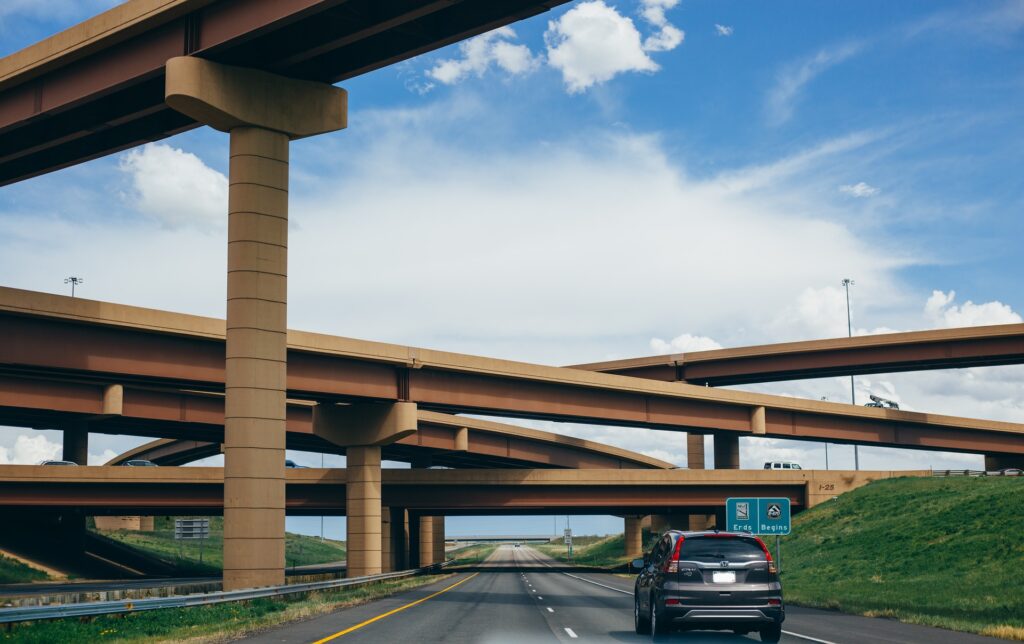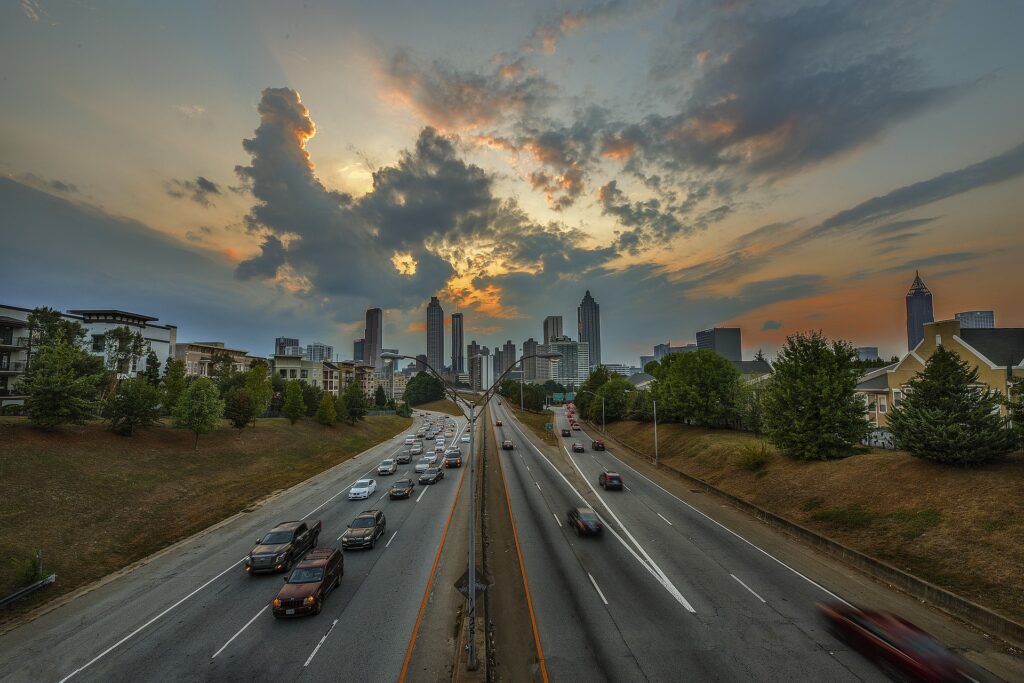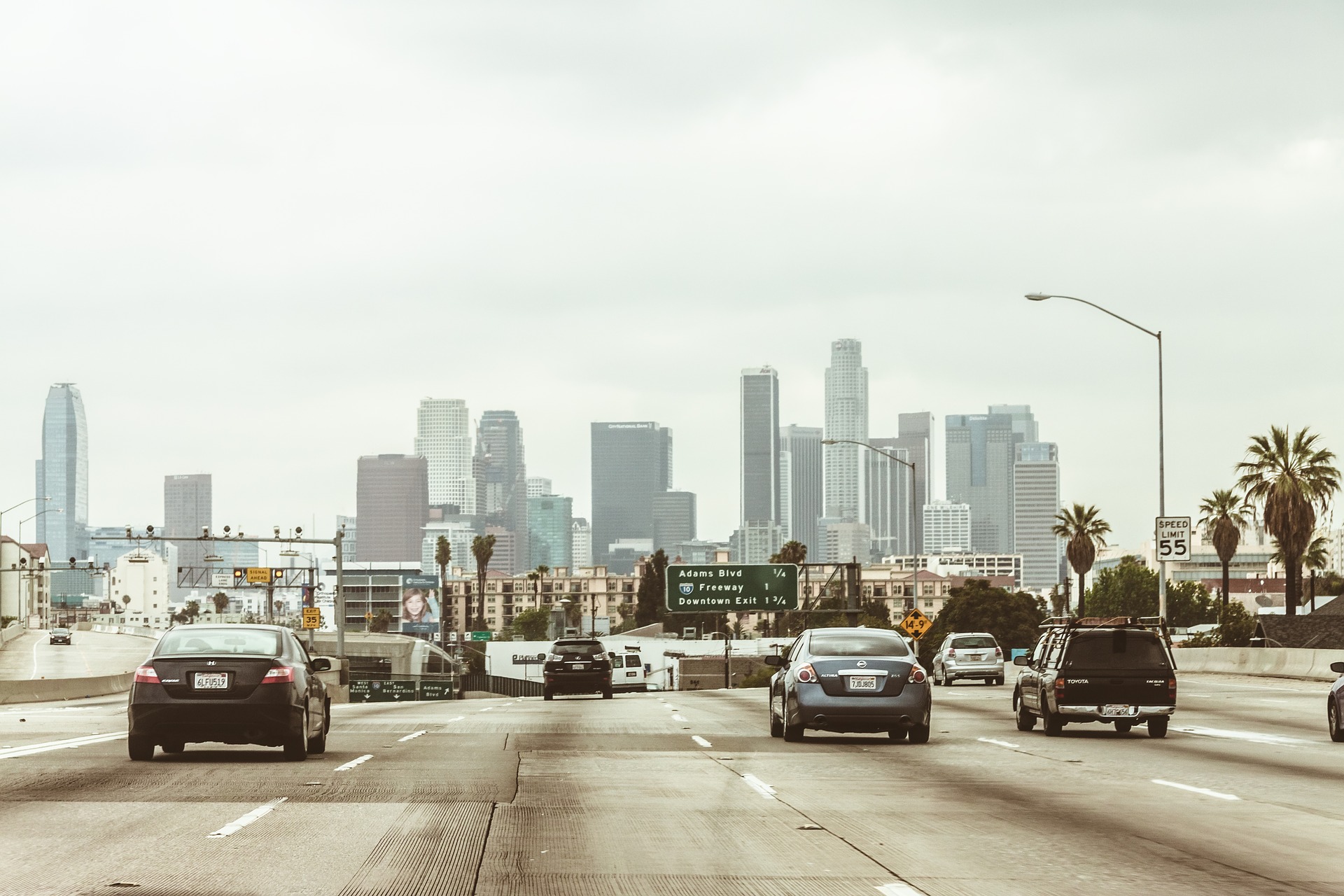After what had originally been forecasted as an optimistically busy fall travel season, AAA is now reporting that Thanksgiving travel will be on the lighter side when it comes to the typical number of travelers on the roads.
The effects of the COVID-19 pandemic, including health concerns and high unemployment, are impacting Americans’ decisions to travel for the Thanksgiving holiday. As health and government officials continue to stress staying home as the best way to protect yourself and others, AAA anticipates at least a 10% drop in travel – the largest one-year decrease since the Great Recession in 2008.

Based on mid-October forecast models, an expected 50 million Americans would have traveled for Thanksgiving – a drop from 55 million in 2019. However, as the holiday approaches and COVID-19 positive case numbers rise, renewed quarantine restrictions go into place, and the Centers for Disease Control and Prevention’s travel health notices, the now forecasted number of holiday travelers will be much lower.
“The wait-and-see travel trend continues to impact final travel decisions, especially for the Thanksgiving holiday,” comments Paula Twidale, senior vice president of AAA Travel. “The decision to travel is a personal one. For those who are considering making a trip, the majority will go by car, which provides the flexibility to modify holiday travel plans up until the day of departure.”
For Americans who make the personal decision to travel for the holiday, it is important to know the risks involved and ways to keep yourself and others safe. In addition to CDC guidance, travelers should also be aware of local and state travel restrictions, including testing requirements and quarantine orders.

Road Trips Top Holiday Travel Plans
Those who decide to travel are likely to drive shorter distances and reduce the number of days away, making road trips the dominant form of travel this Thanksgiving. Travel by automobile is projected to fall 4.3%, to 47.8 million travelers and account for 95% of all holiday travel.
It is suggested you plan out your route in advance, minimize the number of stops along the way, pack meals, snacks and drinks, and don’t forget an emergency roadside kit.
INRIX Predicts Wednesday Afternoon to See Peak Traffic
Traffic volume is expected to be less than in years past, but travelers in major urban areas will experience increased delays at popular bottlenecks, up to 30% above normal pandemic congestion levels. INRIX expects Wednesday afternoon to see the highest volume of traffic.
“Though fewer people will be traveling this Thanksgiving, we expect more holiday drivers than we had over the recent summer holidays during COVID-19,” said Bob Pishue, Transportation Analyst at INRIX. “Drivers should plan alternate routes and departure times to avoid traffic jams.”
| Busiest Corridor per Region (Nov. 25-29) | ||||||
| Region | Corridor (from/to) | Peak congestion period | Peak delay (min) | |||
| Atlanta | I85 South – Decatur St to Clairemont Road | 11/25/2020 3:30 p.m. | 38 | |||
| Boston | I93 North – Massachusetts Connector to Main St | 11/25/2020 3:15 p.m. | 14 | |||
| Chicago | I290 West – UIC to Jackson Blvd | 11/25/2020 4 p.m. | 41 | |||
| Detroit | I96 West – I-96/275 to Novi Rd | 11/25/2020 4 p.m. | 16 | |||
| Houston | I10 West –Sjolander Rd to I-10/330 | 11/25/2020 3:45 p.m. | 15 | |||
| Los Angeles | I5 South – Colorado Street to I-5/605 | 11/25/2020 5:30 p.m. | 69 | |||
| New York | I95 South – Bruckner Interchange to George Washington Bdg | 11/25/2020 3:45 p.m. | 44 | |||
| San Francisco | I580 East – CA-238/Hayward to 205 Interchange (Tracy) | 11/25/2020 3:45 p.m. | 57 | |||
| Seattle | I5 South – S 348th St to Tacoma Dome | 11/26/2020 1:15 p.m. | 23 | |||
| Washington, D.C. | I95 South – Springfield Interchange to Gordon Blvd | 11/27/2020 11:45 a.m. | 14 | |||
| Source: INRIX | ||||||
| | | | | | | |
Expect Lower Gas Prices
On average, gas prices nationally are nearly 50 cents cheaper than this time last year, with October averages the lowest in more than 15 years. Currently, the National average is $2.11 per gallon. Diesel is at $2.37.
Few Travelers to Fly and Use Other Modes of Travel
AAA anticipates Thanksgiving air travel will be down by nearly half of prior years – to 2.4 million travelers, making this holiday the largest one-year decrease on record. With that in mind, holiday airfares are the lowest in three years.
| 2020 Thanksgiving Holiday Travelers | |||
| Automobile | Air | Other(Bus, Train, Cruise) | |
| 2020 | 47.8M | 2.4M | 353,000 |
| 2019 | 49.9M | 4.58M | 1.5M |
| Change | -4.3% | -47.5% | -76.2% |
Travel by other modes, including buses, trains and cruises, is expected to decline 76%, to 353,000 travelers, as cruise ships remain docked and more travelers opt for car trips instead of taking buses or trains.








